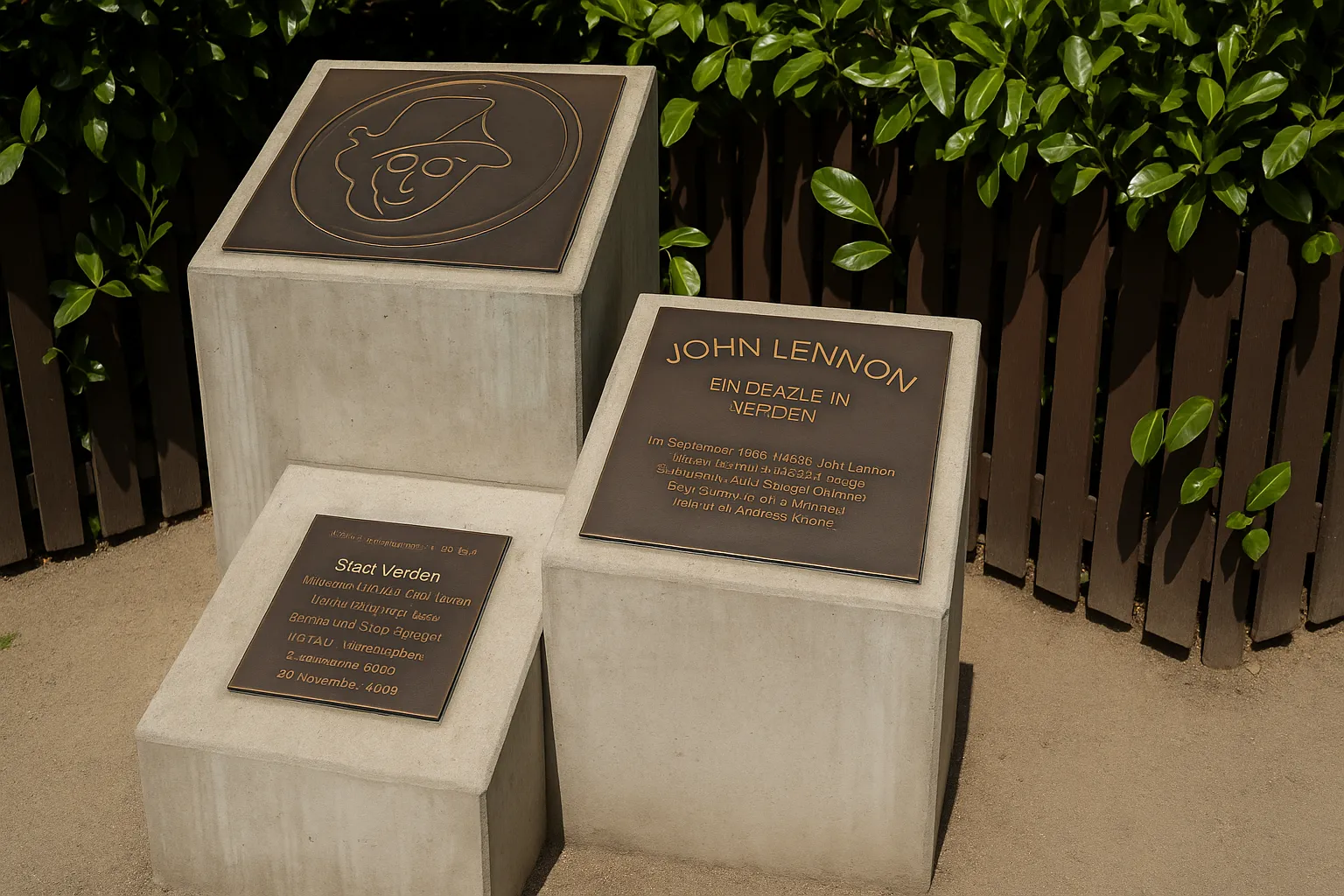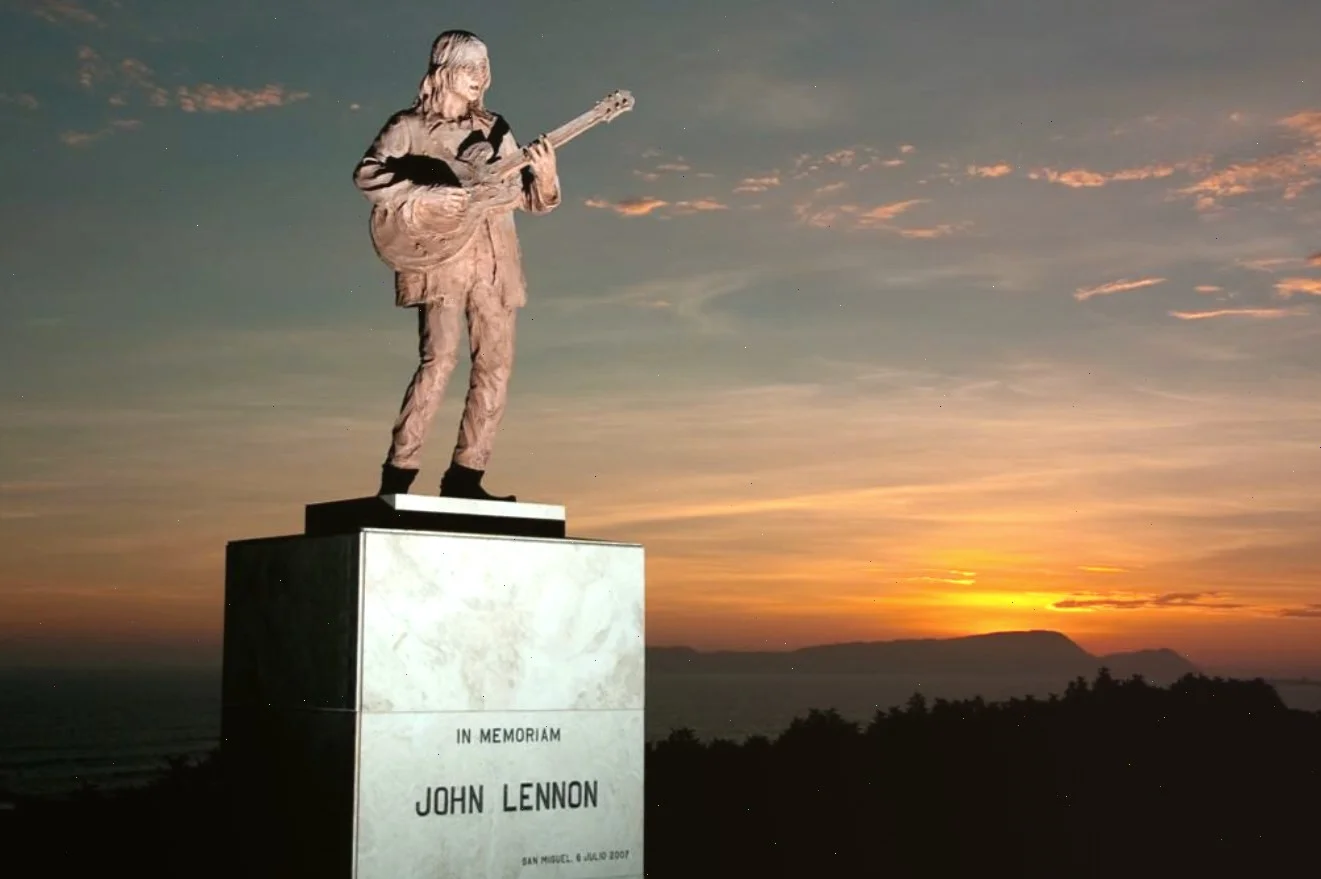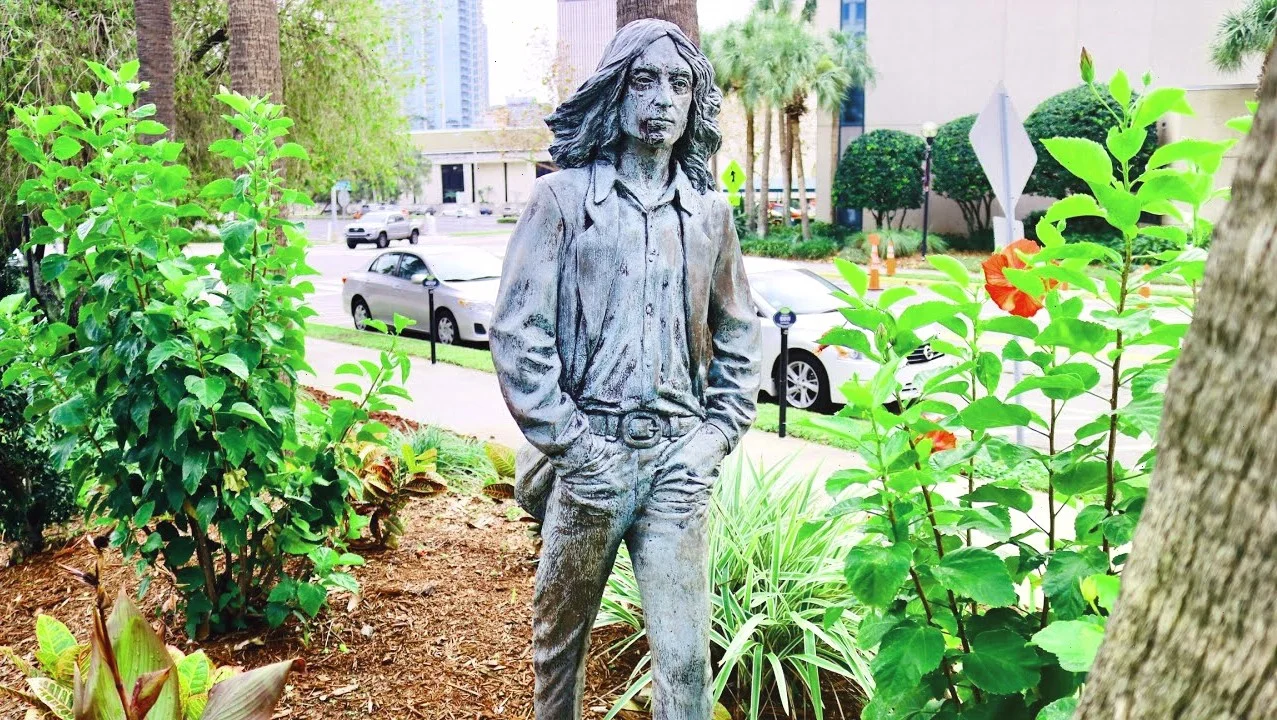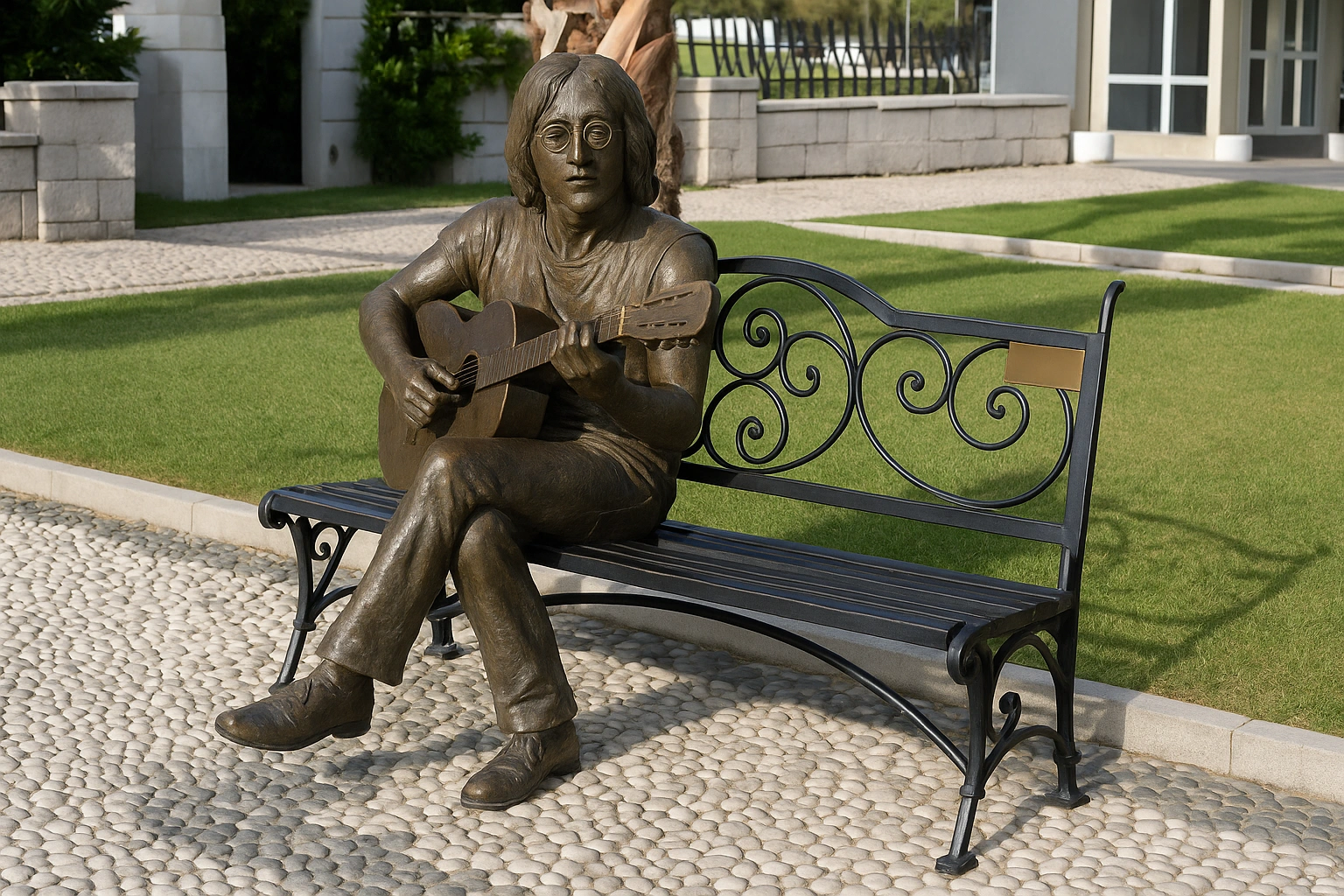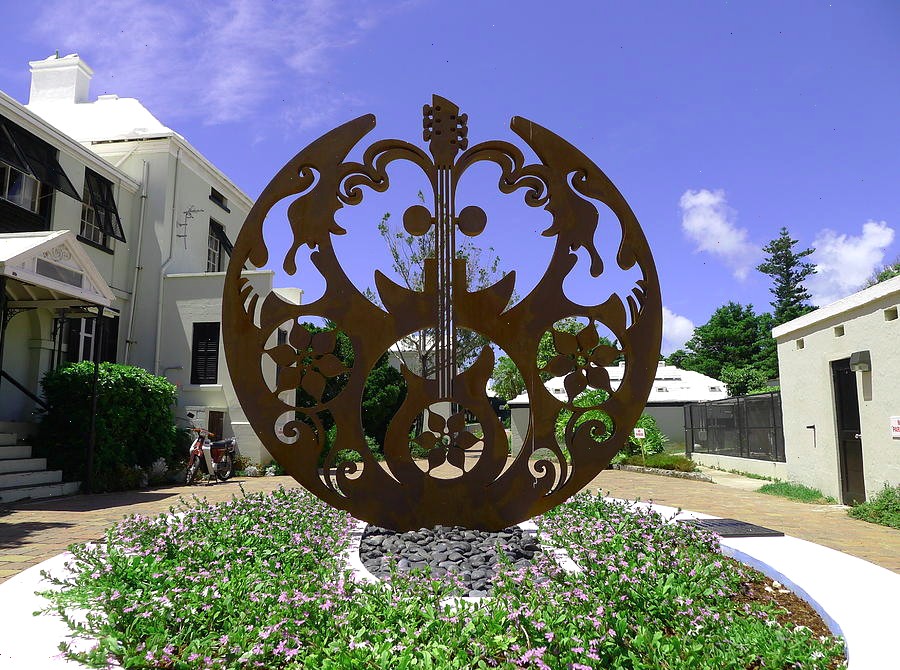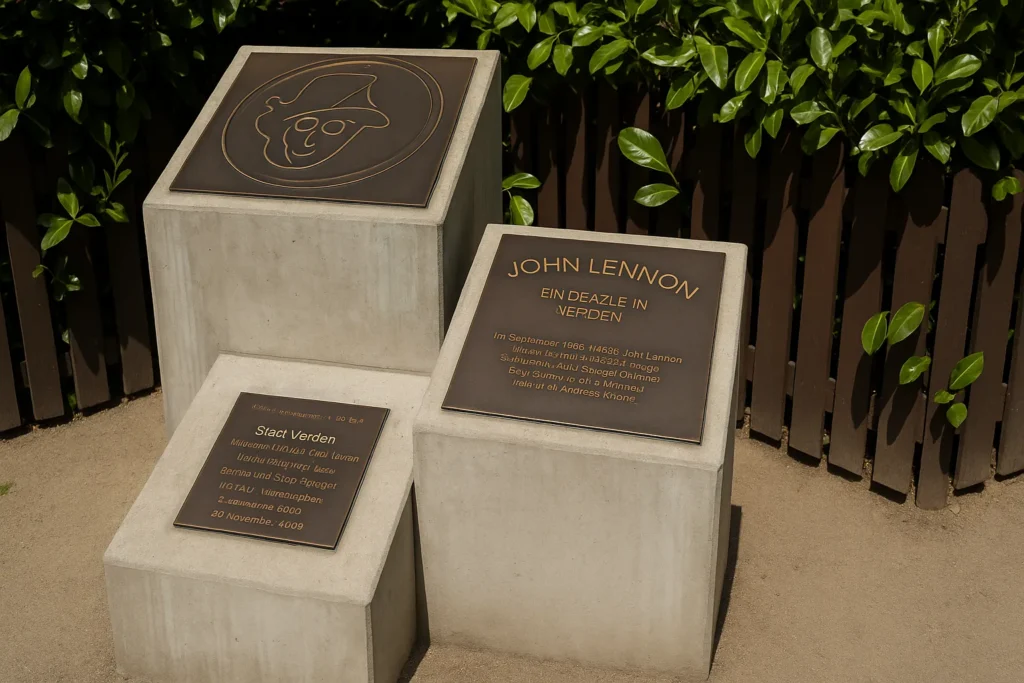
When you think of John Lennon memorials, the iconic Strawberry Fields in New York or the statues in Liverpool and Havana might come to mind. Tucked away in the picturesque town of Verden an der Aller, Germany, however, stands a unique and often-surprising tribute to the legendary Beatle. The John Lennon-Denkmal (John Lennon Memorial) commemorates Lennon’s time in Verden during the 1966 filming of “How I Won the War,” a pivotal moment in both his personal artistic journey and the town’s history. This comprehensive guide provides everything you need to know about this cultural gem, making your pilgrimage both meaningful and seamless.
The Quick Take: John Lennon-Denkmal at a Glance
- What it is: A three-stele concrete and metal monument honoring John Lennon’s 1966 visit to Verden during the filming of “How I Won the War.”
- Why it matters: It marks a crucial turning point in Lennon’s career, his first serious acting role, and a period of personal reflection that influenced his future music and activism.
- Best for: Beatles completists, history buffs, and travelers seeking off-the-beaten-path cultural sites in Northern Germany.
- Ideal visit time: 30-45 minutes, perfect to combine with exploring Verden’s charming old town.
- Don’t miss: The detailed metal plates featuring Lennon’s iconic symbols like the round glasses and dove of peace.
History & Significance: Why a John Lennon Statue in Germany?
The John Lennon-Denkmal in Verden is a historical marker of a specific, formative period in the artist’s life. In September and October 1966, John Lennon traveled to West Germany to film Richard Lester’s anti-war satire, How I Won the War. This was Lennon’s first major film role outside of the Beatles’ comedies and a conscious step toward being seen as a serious individual artist.
The production used locations in and around Verden, including the Brunnenweg barracks and the quaint Mühlentor street, where the monument now stands. This filming occurred during a transition for The Beatles, who had just played their final commercial concert. Lennon’s time in Verden provided a respite from Beatlemania, allowing for introspection. It was here he reportedly began writing the introspective lyrics that would later flourish on albums like The Beatles (The White Album) and his solo work.
The monument was unveiled in 2008, funded by donations from visitors and local companies sparked by a 2006 exhibition, “John Lennon – a Beatle in Verden,” at the German Horse Museum. Designed by artist Uwe Blaschke, it stands in contrast to other German Beatles sites, capturing a quieter, more personal moment of an artist on the cusp of change.
Exact Location & How to Get There
The John Lennon-Denkmal is situated in a peaceful, residential part of Verden’s old town.
- Exact Address: Mühlentor, 27283 Verden (Aller), Germany.
- GPS Coordinates: Approximately 52.9204° N, 9.2395° E.
Directions from Major Cities:
- From Hamburg (~120 km): Drive about 1 hour 30 minutes via the A1 autobahn.
- From Bremen (~60 km): Drive about 45 minutes south via the A27 autobahn.
Public Transportation Options
| Method | Route Details | Estimated Cost & Time |
|---|---|---|
| Train from Hamburg | Take an RE train to Bremen Hbf, transfer to a regional train to Verden (Aller). | €20-€30, ~1h 45min |
| Train from Bremen | Frequent regional trains (RB) run directly to Verden (Aller). | €10-€15, ~30 min |
| On Foot from Verden Station | A pleasant 15-minute walk through the city center. | Free |
Taxi: A ride from Verden’s station to the monument costs less than €10 and takes just a few minutes.
What Makes It Unique: More Than Just a Statue
Unlike literal statues, Verden’s memorial is a modern, symbolic piece of art designed to tell a story. Artist Uwe Blaschke created three concrete steles with attached metal plates. One plate features a sketch-like depiction of Lennon, incorporating his iconic glasses, a film helmet, a dove of peace, and a film reel. This connects his time in Verden to his enduring legacy as a peace activist. Another plate narrates the history of the filming, and a third acknowledges the sponsors.
This abstract representation sets it apart. It doesn’t just honor the man; it honors a specific creative and historical moment. For a true fan, standing at this quiet spot where Lennon walked during a professional crossroads is a powerful and authentic experience.
Best Times to Visit & Photography Tips
Best Times to Visit
| Season | Weather | Crowds | Considerations |
|---|---|---|---|
| Spring (Apr – Jun) | Mild, pleasant | Low to Moderate | Ideal for comfortable exploration. |
| Summer (Jul – Aug) | Warmest | Moderate | Longer days provide more light for photos. |
| Autumn (Sep – Oct) | Cool, crisp | Low | Anniversary of the filming adds historical resonance. |
| Winter (Dec – Feb) | Cold, potential snow | Lowest | The bare trees can offer clearer views of the monument. |
The monument is open 24/7. For the best experience and light for photography, visit in the late afternoon or early evening.
Photography Tips
- Lighting is Key: Shoot during the golden hour (after sunrise or before sunset) for the clearest shots with warm, soft light.
- Contextual Shots: Capture wide-angle shots that include the charming Mühlentor street and its traditional architecture.
- Detail Focus: Get close-ups of the intricate metal plates, especially those featuring Lennon’s glasses and dove.
- Respectful Presence: As it’s in a residential area, be mindful of noise and privacy while taking photos.
Local Context & Expert Insight
The memorial holds a special place for Verden’s community, a unique claim to fame for a town known for horse breeding. The local fascination with Lennon’s visit has persisted for decades.
Gerald Piepenburg, a local Beatles expert, emphasizes this legacy: “The Beatles are still very popular in Verden… He would love to create a fan meeting place modeled after the Strawberry Fields Memorial in Central Park.”
This quote underscores the deep connection the town feels. Mayor Lutz Brockmann, a child during the filming, recalls the excitement: “…some of the older children in the town skipped school when John Lennon was in town… it was ‘very exciting for us!'” This adds a layer of living history, connecting visitors to the memories of the local community.
Practical Visitor Tips
- Safety: Verden is an exceptionally safe and quiet town. Standard precautions for valuables are wise, but risk is minimal.
- Accessibility: The memorial is on a flat, paved surface in a cul-de-sac, making it easily accessible for wheelchairs and strollers. There are no steps.
- Nearby Amenities: The old town center, a short walk away, offers several restaurants and cafes. For a traditional experience, look for a café serving Kaffee und Kuchen (coffee and cake).
- Souvenirs: You won’t find Lennon souvenirs sold at the monument. Your best memento is a photograph or a postcard from a local shop in the town center.
Preservation & Etiquette
The John Lennon-Denkmal is a point of local pride. Its preservation relies on respectful visitor behavior:
- Do Not Deface: Do not add graffiti, stickers, or markings to the concrete or metal surfaces.
- Respect the Setting: The monument is in a quiet residential area. Keep noise levels down and be mindful of residents’ privacy. Do not block access to driveways or homes.
- Leave No Trace: Take all trash with you and leave the space as you found it.
Further Exploration: What Else to See in Verden
A visit to the Lennon memorial can be easily combined with other attractions in this charming town:
- German Horse Museum (Deutsches Pferdemuseum): Verden is known as the “equestrian town,” and this nationally significant museum is a major draw. It hosted the original 2006 exhibition that sparked the creation of the Lennon memorial.
- Verden Cathedral (Dom zu Verden): This stunning Gothic Lutheran cathedral, dating back to the 13th century, dominates the town’s skyline.
- Historic Old Town: Wander the picturesque streets surrounding the cathedral (Domplatz) to find well-preserved half-timbered buildings and cozy cafes.
Conclusion: Plan Your Pilgrimage
The John Lennon Statue in Germany, specifically the John Lennon-Denkmal in Verden, offers a profoundly different experience from the typical rock and roll memorial. It is a quiet, thoughtful, and historically rich site that provides a tangible link to a critical juncture in John Lennon’s life and career. It represents the moment the beloved Beatle began to consciously evolve into the solo artist and peace advocate the world remembers him as today.
For the true Beatles enthusiast, a visit here is less about a spectacular photo op and more about connecting with history in a genuine and unexpected place.
Start planning your trip to Verden an der Aller today to discover this unique chapter in music history and explore the undeniable charm of Northern Germany off the beaten path.
